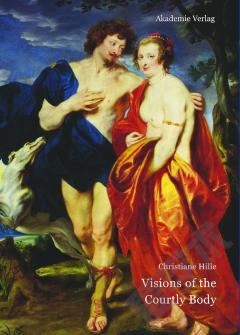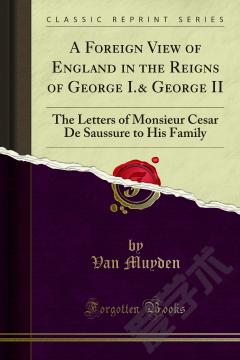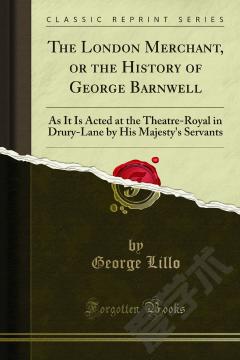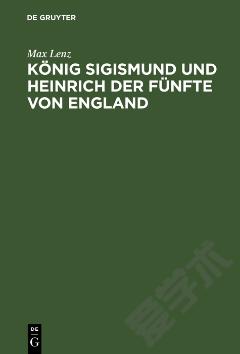Visions Of The Courtly Body —— The Patronage of George Villiers, First Duke of Buckingham, and the Triumph of Painting at the Stuart Court
----- 宫廷机构想象:第一世白金汉公爵乔治·维利尔斯的赞助与在斯图尔特王朝绘画的凯旋
In 1603, the beginning of the Stuart reign, painting was of minor importance at the English court, where the elaborately designed masques of Inigo Jones served as the prime medium of royal representation. Only two decades later, their most celebrated performer, George Villiers, the First Duke of Buckingham had assembled one of the largest and most significant collections of painting in early seventeenth-century Europe. His career as the personal and political favourite of two succeeding monarchs - James I and Charles I - coincides with the commission of a number of highly ambitious portraits from the hands of Peter Paul Rubens and Anthony van Dyck that displayed his body in spectacular manner. As the first comprehensive study of Buckingham's patronage of the visual arts, this book is concerned with the question of how the painted image of the courtier transferred strategies of social distinction that had originated in the masque to the language of painting.
{{comment.content}}








 京公网安备 11010802027623号
京公网安备 11010802027623号